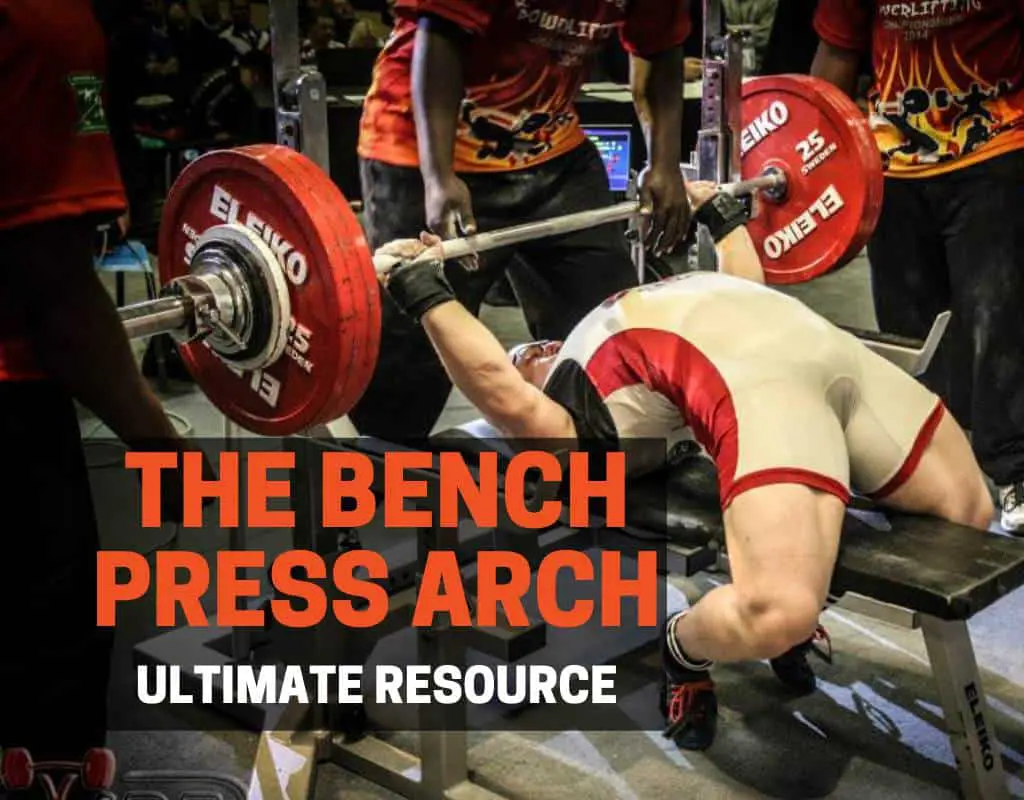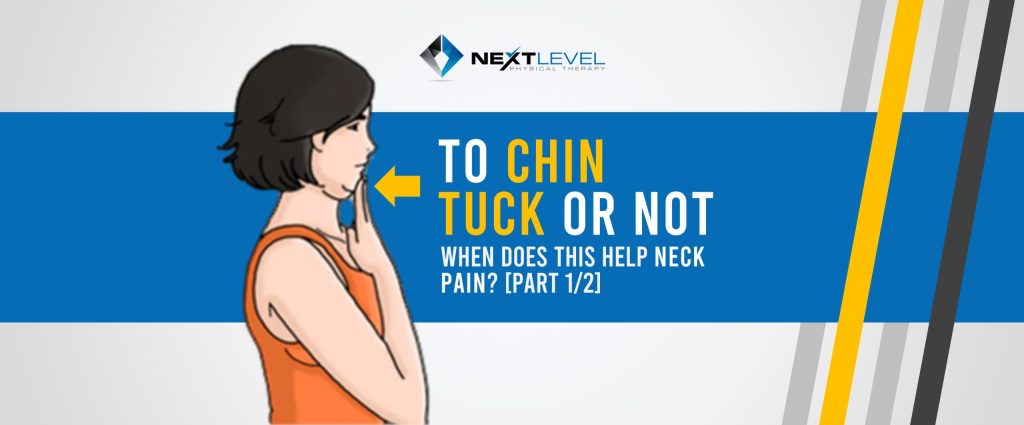Author: Dr. Colin Butler, DPT, ATC
Chin tucks, a common exercise that involves drawing the head straight back as if creating a double chin, are frequently prescribed for people experiencing neck related symptoms. Video 1 above demonstrates one of our physical therapists performing the movement.
Video 1: The “Chin Tuck” exercise.
Chin tucks can be effective for symptom relief in individuals with neck pain, neck pain that travels into the arm, headaches, or general aching in the back of the neck.
Some people notice improved neck motion and a reduction or complete resolution of pain when performing chin tucks. At the same time, I regularly meet patients who have been doing chin tucks for years and are still seeking help for ongoing neck discomfort.
The goal of this article is to make sure your time and effort are spent on strategies that actually move you forward.
So let’s get into it.
When is doing chin tucks useful?
There are a few key heuristics I use to determine when chin tucks are likely to be a good investment of time.
1. You Have a Directional Preference for Your Neck or Arm Pain
Many individuals with neck pain also experience symptoms that travel into the arm or hand. A directional preference means that moving your neck in one direction makes symptoms worse, while moving it in the opposite direction makes symptoms better.
For example, looking forward or down may increase neck or arm pain, while moving the head backward reduces it.
If performing chin tucks and holding the end position for a few seconds improves your symptoms, that is a good sign. Continue performing them and monitor whether your discomfort decreases and your neck movement improves over time.
Even if chin tucks do not reduce neck pain directly but lessen arm or hand symptoms, that is still a positive response. This phenomenon is known as centralization and is strongly associated with improved outcomes in neck pain.
2. Your Neck Endurance Needs Improvement
When neck pain has been present for a long time, it is common for people to move their neck less. Over time, this leads to reduced capacity and endurance in the muscles that support the neck.
The Neck Flexor Endurance Test, shown above in Video 2, is a tool sometimes used to assess how well someone can maintain a specific neck position.
Video 2: The Neck Flexor Endurance Test
If a person struggles to hold this position for less than 30 seconds, or especially less than 10 seconds, it is often worthwhile to focus on building endurance of the deep neck flexor muscles. In these cases, chin tucks can be a helpful way to improve local neck strength and endurance.
However, if someone does not demonstrate a directional preference and performs well on both neck flexor and extensor endurance tests, chin tucks are unlikely to significantly move them closer to their goals.
When is doing chin tucks not useful?
I frequently see individuals who already hold their neck in a chin tucked position during standing or other upright activities. They often resemble the position shown in the image above.

The lifter shown above is already performing a chin tuck due to the demands of the bench press. If this same neck position shows up during daily life and the individual also has neck pain, reinforcing that position with more chin tucks is unlikely to change the outcome.
In these cases, the more important question becomes why high force activities like the bench press drive the neck into this position in the first place.
We will dive deeper into that topic in the next part of this series.
Key Takeaways
Chin tucks are not a magic exercise. They are simply a tool that moves the body toward a specific position.
They can be helpful if you have a directional preference that improves neck or arm symptoms when moving into a chin tucked position.
They can also be useful if you have poor endurance of the deep neck flexors and need to rebuild local capacity.
The most important takeaway is understanding your unique starting point and matching the intervention to that presentation. In Part 2, we will discuss when chin tucks are unlikely to be the answer and what to consider instead.




